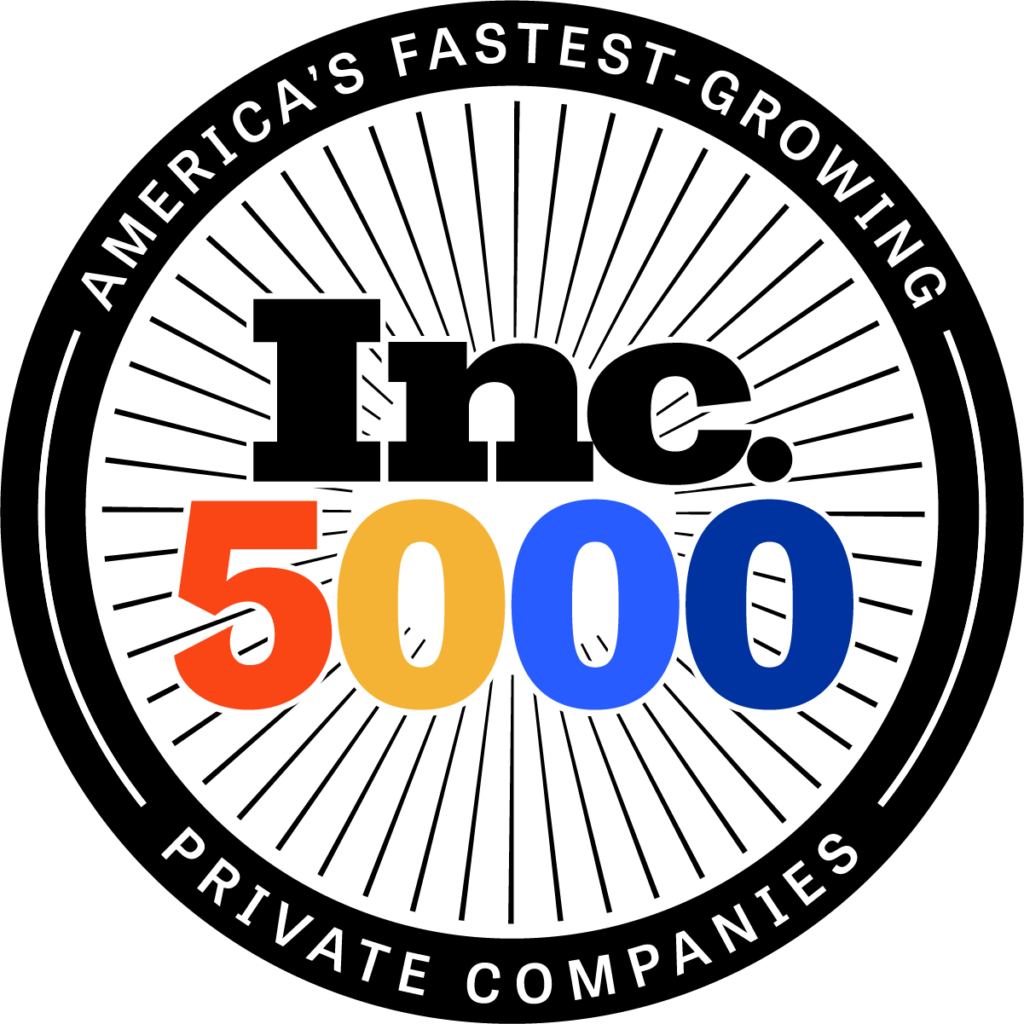If you’re just starting to look at marketing automation as an answer to your problems, prepare yourself for a journey—learning how to use marketing automation is not an automated process. It requires foresight, creativity and know-how in order to use such a powerful tool.
Research suggests that businesses using marketing automation to nurture prospects experience a 451% increase in qualified leads, and nurtured leads make on average 47% larger purchases than non-nurtured leads. But taking the wrong path can lead to frustration and wasted resources.
So what comes first? How do you prepare for this journey? What are the first things a beginner needs to know about marketing automation?
Using the Right Tool for the Job
You need to ask yourself if a marketing automation platform is right for you. Marketing automation works best when businesses have a steady flow of leads. Without leads, you won’t be able to deliver messages with a marketing automation platform, and you’ll find yourself using the wrong tool for the job. You don’t need the power of a sledgehammer to pound in a few nails. Before you decide to use marketing automation:
- Make sure your leads are coming in quickly or you have an existing database.
- Determine if your sales team needs help dealing with your influx of leads.
- Ensure you have the resources to execute an effective automation strategy.
- Look at the add-on costs of content development, design, analysis, etc.
Creating the Map for Success
To determine what your marketing automation campaign will look like and how it will influence your buyer’s journey, define your goals and metrics for meeting those goals. If you want to expand your brand or nurture a client towards a large purchase, your metrics should reflect the goal. The former might use LinkedIn and Twitter followers as a potential metric, while the latter would focus on product sales. When creating your “buyer’s journey”…
- Determine the details of how to convert leads from a visitor to a customer.
- Figure out what someone needs to know to take the next step in their buy cycle.
- Create content or identify third party resources that can move prospects down the funnel.
- Use different content pieces to address pain points that may be plugging up the flow of buyers.
This task of creating the map for marketing automation success becomes more refined as data is collected by a marketing automation software platform. For now, understand the mindsets of your future customers and create content that will guide them ever closer to a purchase. With that step complete, you can consider what software you’ll be using to implement your plan.
Deliver Your Message First
With the right planning and foresight, marketing automation can be an effective approach for nurturing an already large body of leads into customers. The implementation process will only be simplified by planning the goals, the metrics and the buying funnel details ahead of time.
By adding marketing automation to an already well-established lead or demand generation program, a business can ensure that the investment it’s making in marketing can bear more fruit and reduce waste.







